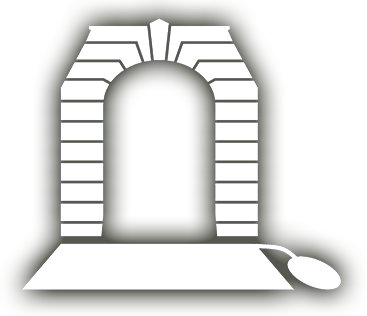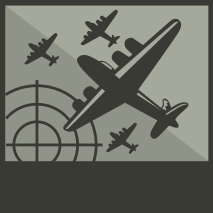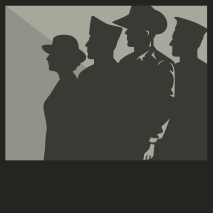COWARD, Harry Keith
| Service Number: | 4567 |
|---|---|
| Enlisted: | Not yet discovered |
| Last Rank: | Private |
| Last Unit: | 1st Infantry Battalion |
| Born: | Sydney, New South Wales, Australia, October 1887 |
| Home Town: | Ashfield, Ashfield, New South Wales |
| Schooling: | Not yet discovered |
| Occupation: | Grazier |
| Memorials: | Northbridge (Shore) Sydney Church of England Grammar School Memorial Cricket Ground Roll of Honour, St George Memorial Wall - We Remember Their Sacrifice |
World War 1 Service
| 15 Jan 1916: | Involvement Private, 4567, 1st Infantry Battalion, --- :embarkation_roll: roll_number: '7' embarkation_place: Sydney embarkation_ship: RMS Osterley embarkation_ship_number: '' public_note: '' | |
|---|---|---|
| 15 Jan 1916: | Embarked Private, 4567, 1st Infantry Battalion, RMS Osterley, Sydney |
Help us honour Harry Keith Coward's service by contributing information, stories, and images so that they can be preserved for future generations.
Add my storyBiography contributed by Faithe Jones
Distinguished Conduct Medal
'For conspicuous gallantry in action. He picked up a trench mortar shell, the fuse of which had been ignited, and which was lying among a pile of shells, and threw it clear of the pile. His prompt action saved many lives.'
Source: 'Commonwealth Gazette' No. 103
Date: 29 June 1917
Military Cross
'For conspicuous gallantry and devotion to duty in following up the barrage in front of our attacking troops and bringing fire to bear on strong enemy points. His prompt action enabled our attack to go forward. He afterwards commanded his guns under continuous heavy enemy bombardment, setting a fine exaMple to his men throughout the whole of the operations.'
Source: 'Commonwealth Gazette' No. 219
Date: 20 December 1917
Bar to Military Cross
'For conspicuous gallantry and devotion to duty during operations west of Bellenglise, on 18th September 1918. It was due to his gallant leadership that the Stokes mortars under his charge were in position in time to support the infantry during consolidation of the first objective. Later, he had his guns amongst the first wave of the infantry, and was able to silence hostile machine guns which were causing casualties and holding up the advance. He did fine work throughout.'
Source: 'Commonwealth Gazette' No. 10
Date: 29 January 1920







